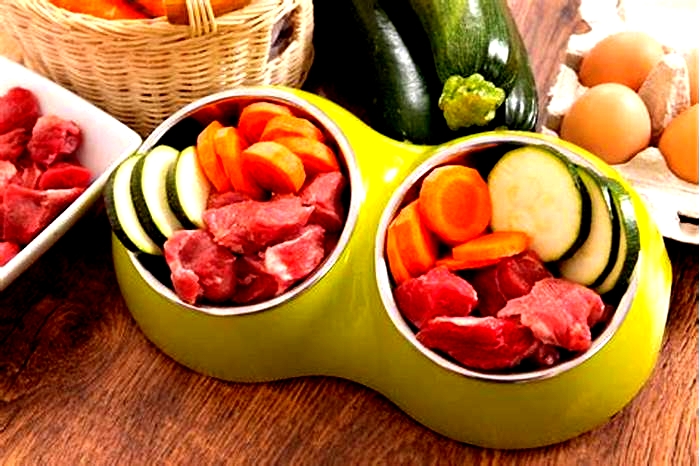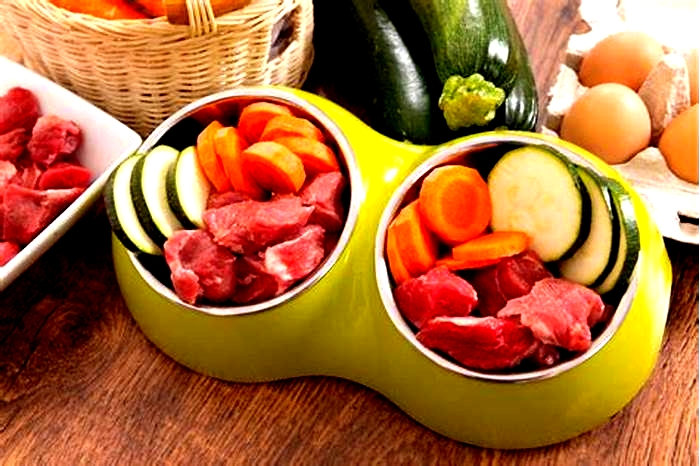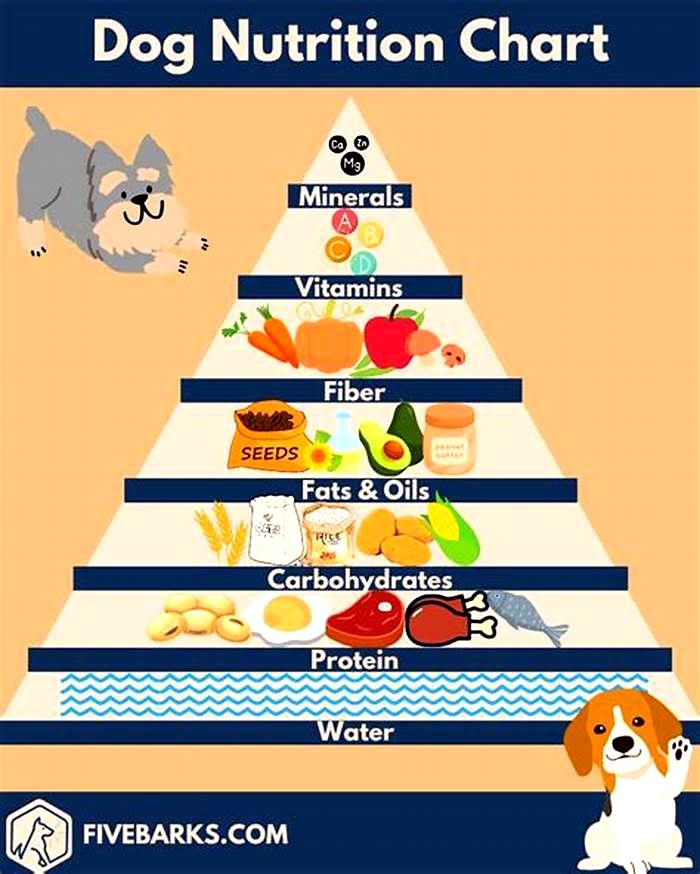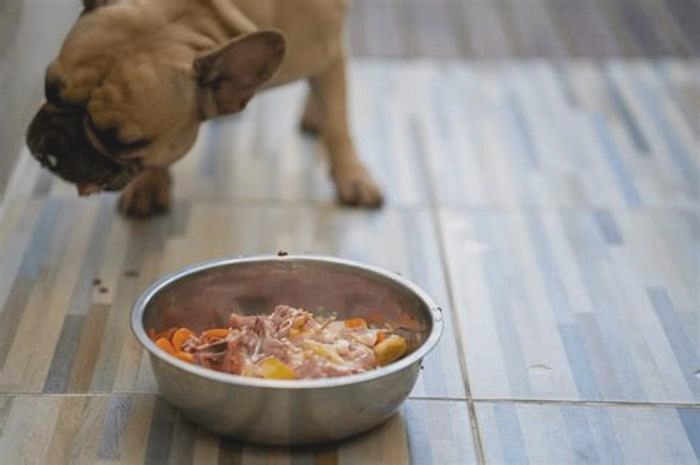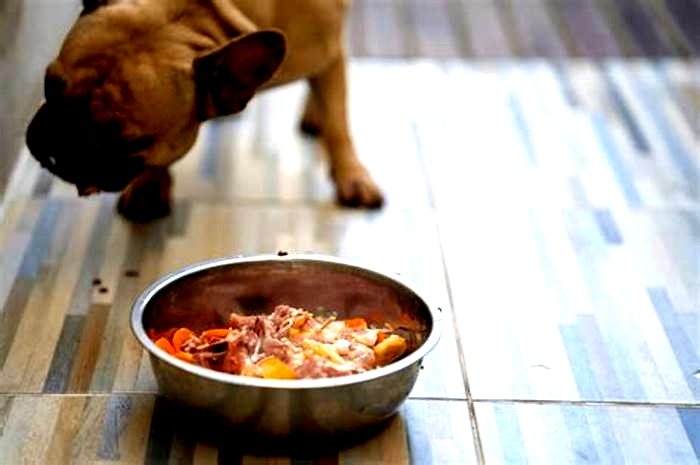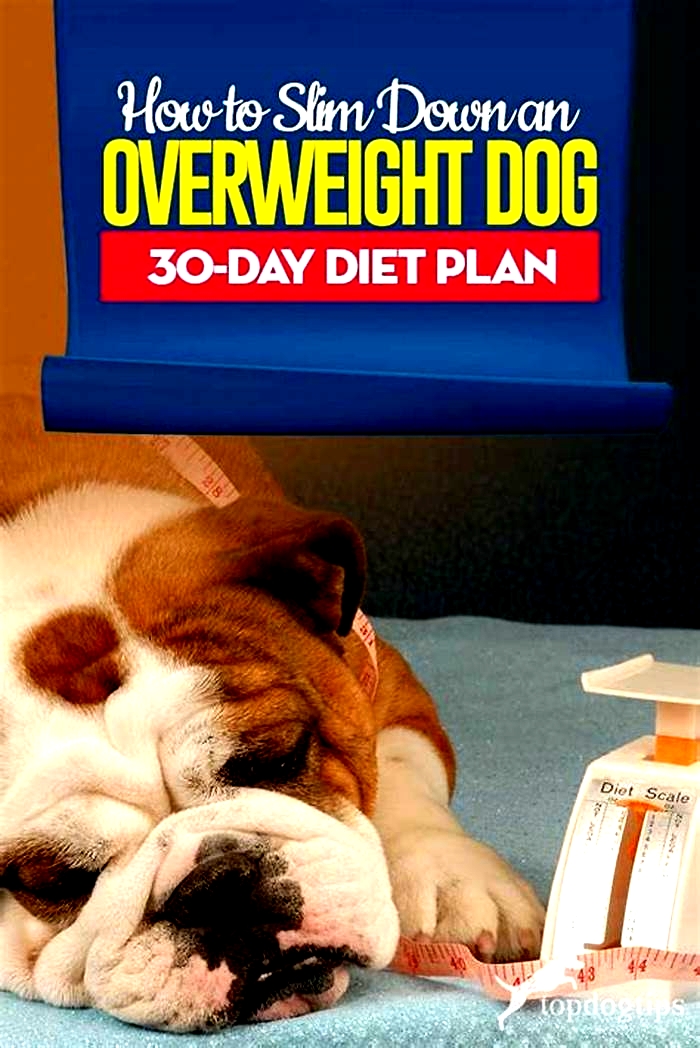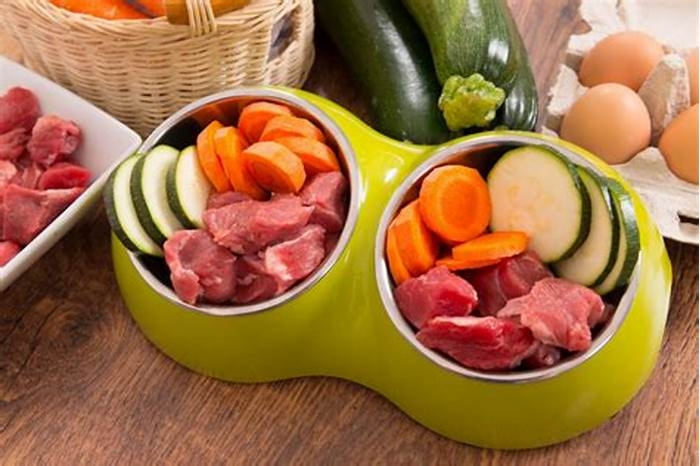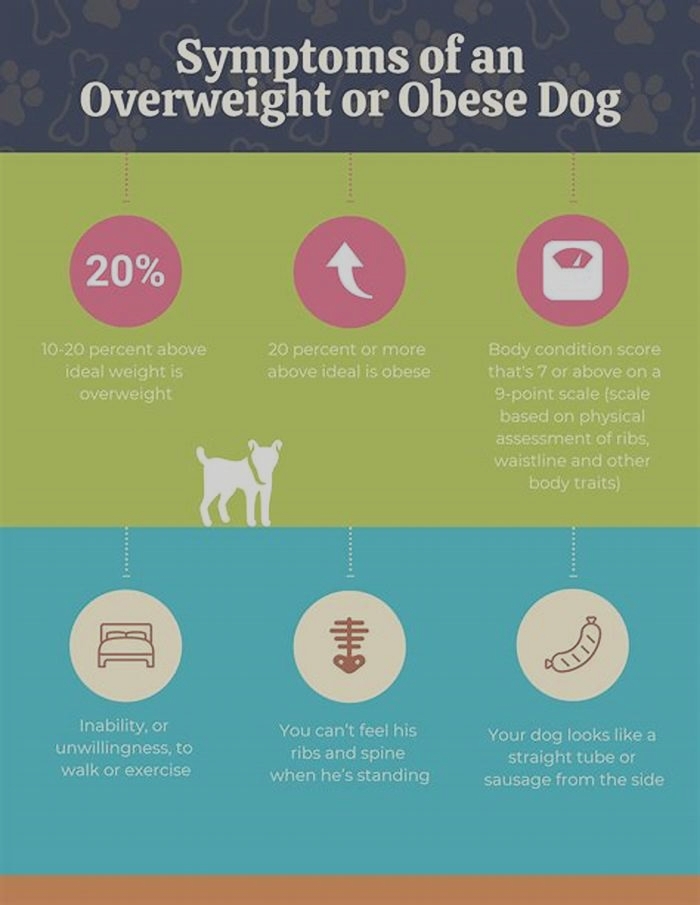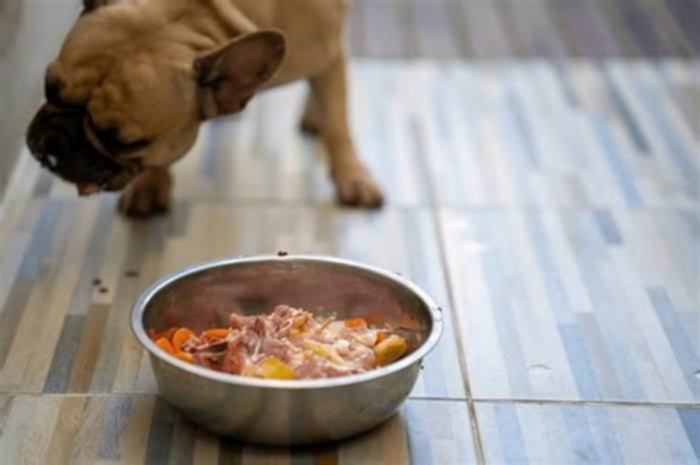Designing a Balanced Dog Diet to Combat Canine Obesity Tips for Success
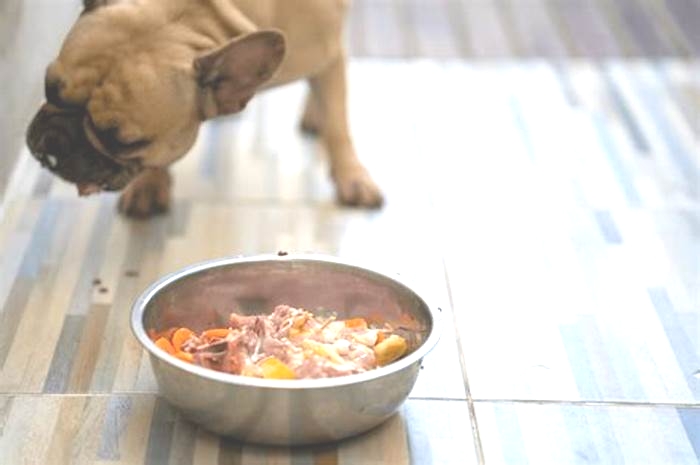
Common ways we mess up our pups nutrition
When you love your dog, you may feel the urge to spoil them with treats or come up with elaborate meal recipes. But some of the feeding choices we make out of love can turn into big mistakes depriving our dogs of necessary nutrients, overdoing fats or leaning too heavily on the magic of chicken and rice (which is supposed to be a temporary diet for upset digestive tracts).
Top tips for dog diets
- Feed a commercial diet that is certified as providing complete and balanced nutrition for your dogs life stage, or work with a board-certified veterinary nutritionist to plan a home-prepared diet that matches your dogs needs.
- Be conservative with treats. If you love giving your dog lots of little tidbits throughout the day, use low-calorie, low-fat snacks such as carrots or snap peas, or set aside part of their daily meals for treats.
- Make all diet changes gradually, and consider giving a probiotic during this transition period.
- Schedule an appointment with your veterinarian if your dog has chronic diarrhea or stomach upset to determine if there are other underlying causes.
Too many treats
When asked about where things often go awry with doggy diets, Dr. Joseph J. Wakshlag, section chief and professor of clinical nutrition, immediately responded, Too many treats!
It is common, even when the dog is on a commercial diet, that folks still like to feed treats or table scraps, Wakshlag says. Treats should be limited to no more than 15% of the daily calorie intake since these are often not complete and balanced foods, which may throw off nutrient intake.
Many veterinary nutritionists recommend limiting your dogs calories from treats to 10% of their total diet, especially if you are working on a weight-loss program. Even though many of us feel like we only give our dogs occasional table scraps, those bites add up quickly.
I was involved in a study looking at table-scrap feeding, or human foods to be more precise, and the average calories from these sources was about 20% of calories for the average dog, which is a bit too much, Wakshlag says. Veggies are often fine because they are low in calories, while the pizza crust, burger bites and fries are just way too high in calories, and can really lead to obesity and subpar nutrient intake.
The good news is that there are easy ways to get your dogs diet back in balance without denying them treats and snacks. Instead of feeding random food scraps, use part of your dogs primary diet as treats. Set aside part of each meal to use for training and random snacks. This is helpful both for weight-loss management and to ensure that your dog is eating a balanced diet.
Another option is to use healthy, low-calorie items as treats. Carrots, broccoli and snap peas are three examples that many dogs love.
Hazards of home-cooking
Home-prepared diets for dogs are increasing in popularity, but many veterinary nutritionists advise caution. It is critical to use a recipe that is deemed complete and balanced to make sure that your dog is getting everything that they need. For dogs with health conditions, a custom diet designed by a veterinary nutritionist is often the best plan.
If people are feeding home-prepared diets, this can be a problem, since there are a number of nutrients that are often deficient like calcium, B12, zinc, magnesium, etc., which can lead to subclinical deficiencies, Wakshlag says. The most egregious deficiency is usually calcium, which can lead to pathologic fractures in puppies and osteopenia with a risk of fracture.
But your dog can have their ground turkey cake and eat it too. If considering a home-cooked diet for your dog, ask your veterinarian to evaluate it for nutritional adequacy. Its very important to use vitamin and mineral mixes designed for home-prepared diets when feeding dogs, particularly if using primarily a meat-based diet plan, Wakshlag says.
Too much of a good thing
Our dogs love meats and fats, but overly rich foods dont always love them back. Overindulging can irritate your dogs pancreas and cause pancreatitis.
Pancreatitis is an extremely painful condition characterized by nausea, vomiting, lethargy, poor appetite, abdominal pain, diarrhea and fever. In severe cases, it can be fatal. Pancreatitis is treated with pain medications, anti-nausea medications and intravenous fluids. Most dogs who have survived pancreatitis have to stay on a strict, low-fat and low-protein diet for the rest of their lives to prevent recurrence.
Prevention is the best medicine when it comes to pancreatitis. Only give your dog small amounts of rich or fatty foods, especially if they have a history of having a sensitive GI tract. An occasional marrow bone is likely safe, but avoid making them a regular snack. (Also keep in mind that dogs can crack or break their teeth when chewing on these bones, or get hurt from splinters that break off and become lodged in their throat).
Long-term bland diets
Plain, boiled chicken and rice can save the day when your dog has diarrhea. Lean, cooked hamburger and cooked pasta are two other great options when your dog is sick and needs a bland diet to soothe their GI tract.
However, neither of these diets are balanced, and they are not safe to feed long-term because they have an incomplete nutritional profile.
If you find yourself whipping up a bland diet for your dog on a regular basis, then they may have a health condition more serious than a simple case of diarrhea. Some possible underlying causes include intestinal parasites, irritable bowel syndrome (IBS), pancreatitis, food intolerance, exocrine pancreatic insufficiency (EPI), Addisons disease, liver and kidney failure, food allergies or even cancer. The bland diet will help temporarily with your dogs discomfort, but wont resolve the underlying issue and may even make it worse over time.
Schedule a veterinary appointment to discuss your dogs symptoms and complete testing to figure out why your dog may still need a bland diet. Bloodwork, plus a fecal exam to check for parasites, is a great place to start. If those tests dont provide clear answers, your veterinarian may recommend additional blood tests, an X-ray or ultrasound, allergy testing or endoscopy.
Switching too quickly
If you need to change your dogs diet, do it gradually. Start by feeding 75% of the old diet mixed with 25% of the new diet. The next day, feed 50% of each diet, then on the third day feed 25% old and 75% new. This 4-day transition works for most dogs, but dogs with sensitive stomachs may need a longer, more gradual swap.
If you end up doing a sudden diet change, your dog may have some diarrhea because they arent used to the new diet yet. This is usually temporary and will resolve without treatment, but can be unpleasant for both of you. If the diarrhea lasts more than a day or two, or if your dog has other symptoms, call your veterinarian to get some probiotics or anti-diarrhea medications to help ease the transition.
This article has been reprinted with permission from the Cornell University College of Veterinary Medicines DogWatch newsletter, published by Belvoir Media Group. When you become a member of the Riney Canine Health Center, you will receive a free subscription to DogWatch.
Homemade Dog Food Recipes: Choosing Balanced Ingredients
Are you considering switching your dog to a homemade diet? A good place to begin is by discussing it with your veterinarian and/or a veterinary nutritionist. You may think that sounds unnecessary when there are so many recipes for homecooked dog meals available on the internet. However, the experts say that many of those recipes were not reviewed by veterinary nutritionists to make sure they provide a nutritional, well-balanced diet for your dog. This is why some owners prefer to feed pre-made fresh food.
The American College of Veterinary Nutrition (ACVN) warns that your dogs unique nutritional requirements will depend on the age, size, health, and breed. Also, there are dogs for whom a homemade diet may not be appropriate or might even be damaging. We generally dont recommend homemade diets for a dog less than one-year-old. If young dogs dont receive the appropriate amount of calcium and phosphorus, significant bone abnormalities may result, says Dr. Jerry Klein, AKC chief veterinarian. Pregnant and lactating dogs also have unique dietary requirements that may not be addressed by a recipe found on the internet.


The ABCs of a Balanced Dog Food Diet
Understanding the basics of what makes a homecooked diet balanced for your dog will help when you discuss the options with an expert. Here are important ingredients for the canine diet.
Protein: According to the ACVN, dogs must have protein in their diets that contain 10 specific essential amino acids their bodies cant produce. This is necessary for the creation of glucose, which transforms into energy. Sources of protein include chicken and turkey, after removing bones, fat, and skin; beef and lamb; pork in limited amounts; salmon and some other fish such as whitefish, herring, walleye, flounder, and Arctic char.
Fats and fatty acids: The most concentrated sources of fats in a dogs diet come from animal fats and plant seed oils. A healthy diet supplies the fatty acids the dogs body doesnt manufacture. Fatty acids support the function and structure of cells, keep skin and coat healthy, and enhance the taste of the food. Sources of fatty acids include plant-based oils, including corn, soybean, canola, and flaxseed oil, as well as fish oil.
Carbohydrates: Dogs get some of their energy from carbohydrates, which include sugars, starches, and dietary fibers. Sources includerice, pasta, oatmeal, and quinoa.
Fiber: Dogs need fiber in their diet to keep their gastrointestinal (GI) system functioning and to help them from becoming overweight. Good sources of fiber for dogs include carrots, pumpkin, apples, dark leafy greens, brown rice, and flaxseed.
Vitamins: Vitamins are required for growth and maintenance. Vitamin deficiencies can cause a variety of health problems; however, they can also be dangerous in large quantities.
Vitamins dogs require include A (carrots, pumpkin), B vitamins (liver, green vegetables, whole grains), C (fruits and vegetables, organ meat), D (liver, fish, beef), E (leafy green vegetables, liver, bran, plant oils), K (fish, leafy green vegetables, fish), and choline (liver, fish, meats, egg yolks).
Minerals: There are 12 essential minerals for dogs:
- Calcium (tofu, green beans, broccoli, and cauliflower) and phosphorus (meat, eggs) for strong bones and teeth.
- Magnesium, potassium, sodium, and chloride (fruits, vegetables, whole grains) for nerve impulse transmission, muscle contraction, and cell signaling.
- Sulfur (meat, fish, molasses) for healthy skin, coat, and nails.
- Iron (red meats, poultry) for supporting red blood cells and the immune system.
- Iodine (dairy, kelp, seafood) for a healthy thyroid.
- Zinc (eggs, lamb, liver, brewers yeast) for the immune system, healthy skin, and coat.
- Selenium (meat, vegetables, seafood, brown rice) to boost the immune system.
- Copper (whole grains, seeds, and seafood) for healthy bone growth.
Water: We sometimes overlook this important ingredient of a healthy dogs diet, but there really is no dog food that contains enough water for your dog. Keep clean, fresh water out always.

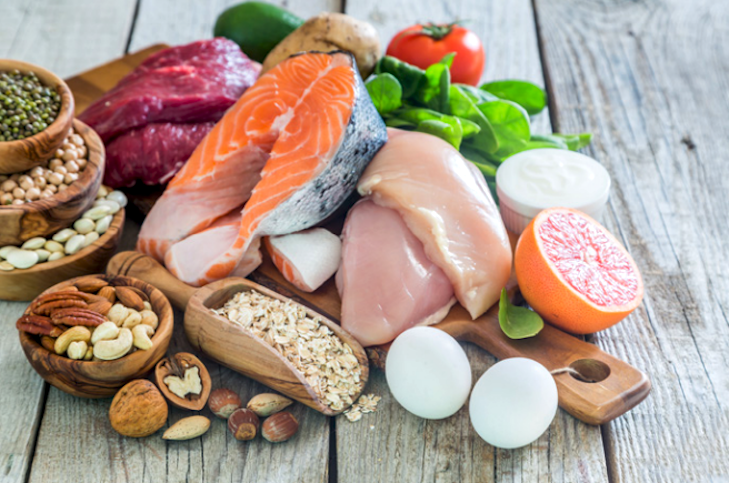
Making the Transition
Consult a veterinarian: If youve decided to transition your dog to a homemade diet, your first step should be to consult a veterinarian or veterinary nutritionist. Those experts will consider your dogs age, size, and health history and help you identify a high-quality recipe that is tailored to meet your dogs specific nutritional needs.
Buying ingredients: When you buy ingredients for your dogs homemade meals, you need to pay as much attention to the source, expiration dates, and labels as you do when you buy food for yourself.
Making the switch gradually: Whenever you change your dogs food, whether to a homemade diet or a new commercial food, a gradual switch is best to avoid upsetting your dogs GI system. For at least five-to-seven days, gradually mix in more and more of the new food with the old food, as you allow your dog to adjust to the change.
Follow the recipe: Be sure to follow the recipe. Tufts Cummings Veterinary Medical Center Clinical Nutrition Service published a study to determine how well owners adhered to homecooked diet recipes a median of one year later. Only 13 percent were still feeding the original nutritionally balanced diet recipe.
Clear instructions: Instructions about preparation and quantities are important. The way you cook the ingredients for example, steam, roast, or boil can impact the nutrition of the diet. Substituting or adding ingredients can also cause nutritional deficiencies. A study reported in the Journal of the American Veterinary Medical Association reported that a lack of clear instructions in many recipes forces pet owners to make assumptions that can result in food that is nutritionally inadequate and can even be harmful if fed to your dog on a long-term basis.
Follow-up:Once youve made the transition, pay attention to any digestive changes your dog may have. If his stool softens, he vomits, or has diarrhea, check in with the veterinarian. Whenever you change your dogs diet, you also need to monitor his weight. It may take a while to determine the correct portions for his size, age, and energy level.
Resources for the Chef
- Your best resource and first stop is your dogs veterinarian, who knows your dog and has a thorough understanding of his health history and current condition.
- A good resource to help find a veterinary nutritionist for a homemade diet consultation is the Diplomate directory at www.acvn.org. If there isnt a nutritionist in your area, you can consult with one remotely.
- An alternative option is to use the online consulting service called BalanceIT, a site operated by a veterinary nutritionist to formulate a basic, nutritionally balanced recipe.
- Another site that provides answers to your questions is: Ask the Nutritionist
- ChefPaw is the latest way to provide your pup with nutritious and delicious meals, giving you a more efficient way to prepare homemade dog food. VisitChefPaw.comto learn more
ChefPaw by Innovet Pet Products is helping you take full control of your dogs diet with the first countertop Dog Food Maker of its kind. Striving to save you time and money while maximizing your dogs nutrition, ChefPaw can make fresh, homemade food for your dog in 40 minutes. At ChefPaw, your pets happiness and well-being take center stage.

